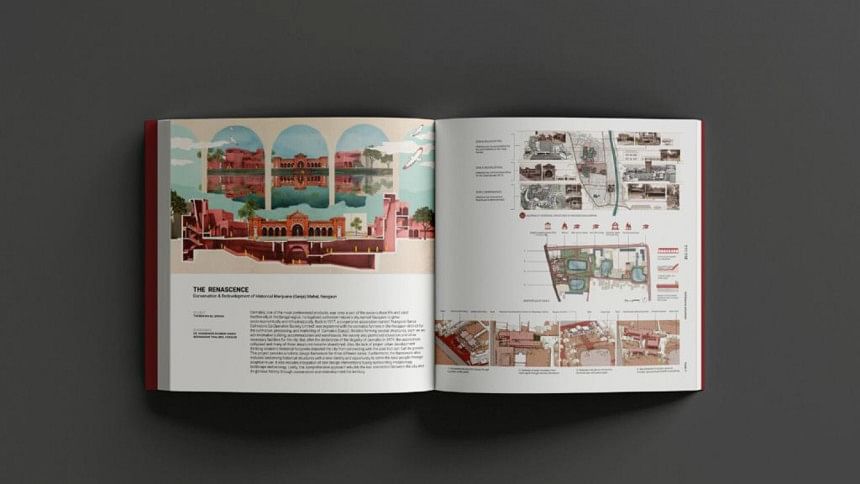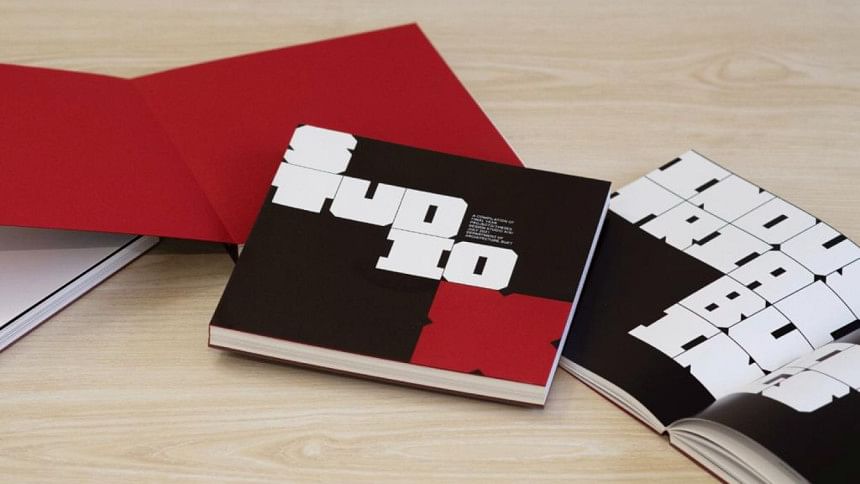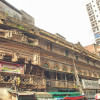‘The book is a handicraft product’: BUET’s ‘Studio X’

The book titled Studio X summarises the work undertaken by the students of BUET's architecture department for their final year graduation projects and theses. It attempts to unify the domain of architecture with our socio-cultural aspirations and explores the possibilities of positive impact which architecture might have on our status quo.
Launched on January 24, 2023, and published by Ayomoy '15, the book's chapters cover commercial architecture, community development and industrial buildings. The book was sponsored by Bangladesh Lamp Limited (BLL), Transtec under the collaboration program (2022-23) during the tenure of Professor Dr. Shayer Ghafur as Head of the Department, DoA which was signed on May 22, 2022.
The thesis collection includes multifaceted ideas, such as the creation of platforms to revive the dying cultural industries in our country. Samira Zaman explores the various ways in which it might be possible to construct productive and functional pottery communities. Her project consists of training, research and exhibition of the work by potter communities, which will help strengthen the scope of preserving this traditional and iconic industry.
Other projects attempt to work towards environmentally friendly city structures or infrastructures facilitating the livelihood of people living in disaster prone regions—initiatives that come across as inspiring, innovative and thoughtful.
One project which caught my eye reimagines the role of our public libraries in the digital age. As an avid reader, I found Sudipto Das's project titled Re-thinking Public Libraries in the Information Age to be a refreshing vision for reviving the declining culture of public libraries.
The book's forewords were written by Dr. Zebun Nasreen Ahmed, Coordinator of Design Studio X/XI and Professor at BUET's Department of Architecture, and by Simeen Rahman, GCEO of Transcom. "[This] is an important collection of work to be made available to the architecture, planning and engineering community as a key cornerstone of continuing to build Bangladesh", Simeen Rahman writes in her foreword.

Speaking to Daily Star Books, Tarif Araf, Editor and Designer of the book and its cover, said, "We had a total of 54 projects or thesis done during our term. We had to give a few criteria because the way these projects were presented in the book and in real life were different. In the end, we received about 40 submissions as a lot of people had left Dhaka or joined offices once they were done with the term, or maybe they could not submit on time due to other inconveniences. We divided these 40 projects into six chapters and moved forward with our work."
Araf revealed that he had always wanted to design a unique graphic language for the book. "So it started with designing a new typeface, which was used in the cover and the chapter name of the book."
He further added that a lot of thought was put into the type of material which would be used for the book and its binding. "Reading a book is like a journey, so we tried our best to make sure that the composition was not repetitive and boring, while trying to make the language coherent. This was the biggest struggle when working on the book," he recalled.
"When we started the production, we struggled with printing the white lettering of the word 'studio' on the cover. None of the printing technologies, such as foil, were really producing prints as sharp as we would have liked. After experimenting with various techniques, we finally used the method of heat transfer print, which is used in the textile industry, to print. Then the blackboard which makes up the backcover of the book is also formed by pasting five layers of model papers, and this was done by hand. The book has been treated as a handcrafted product in terms of its making and production, so that the design gives the book an unique presence," shared Tarif Araf.

 For all latest news, follow The Daily Star's Google News channel.
For all latest news, follow The Daily Star's Google News channel. 








Comments